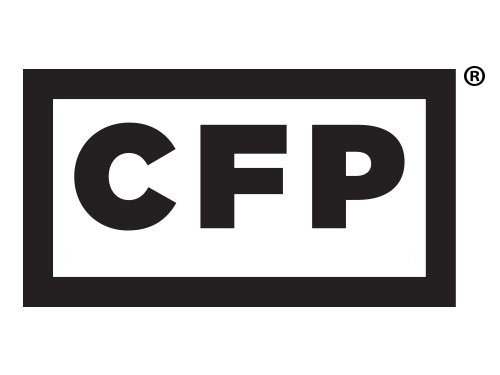One thing that often gets overlooked when it comes to personal finance and investing is making sure that you put the right assets into the right accounts. This is also referred to as asset location. Just like storing your leftovers in the right containers in the fridge, it’s important to hold the right types of investments in the right investment accounts. This ensures that you aren’t paying more in taxes than you need to and can defer taxes for as long as possible.
With the aim of minimizing your tax burden, optimal asset location boils down to holding the most tax in-efficient assets in your most tax advantaged accounts and your most tax efficient investments in your taxable accounts. This only becomes a consideration if you are in the fortunate position to be filling up your tax advantaged accounts each year and your only option to invest more is in a taxable brokerage account.
To break it down further, investments that have a high tax burden should go in your accounts that allow you to defer tax such as IRAs and 401(k)s or in those that allow you to escape tax on earnings and growth altogether such as Roth IRAs or Roth 401(k)s. And investments with a low tax burden are better off in your taxable account if you’ve run out of room in your tax advantaged accounts.
Let’s back up a moment and talk about the different ways your Investments get taxed:
▪ Long-term capital gains (that is, gains on investments held for more than one year) get taxed at your long-term capital gains rate which can be 0%, 15% or 20% depending on what income tax bracket you are in.
▪ Short-term capital gains (that is, gains on investments held for less than one year) get taxed at your ordinary income tax rate.
▪ Qualifying dividends also get taxed at your lower capital gains rate but non-qualifying dividends get taxed at your ordinary income rate.
▪ Corporate bond interest gets taxed at your ordinary income rate.
▪ U.S. Treasury bond interest is taxable at the federal level as ordinary income but not at the state level.
▪ Municipal bond interest is tax-exempt at the federal level and, if issued in your home state, is also state tax-exempt.
Let’s talk through some examples to make asset allocation a bit more concrete:
Here are some examples of tax inefficient funds that should be placed in a tax deferred or tax-exempt account:
· Actively managed equity (stock) mutual funds that have high-turnover
· Bond Funds
And here are some examples of tax efficient funds that you can place in a brokerage (i.e., taxable account) assuming you’ve used up all the room in your tax advantaged accounts:
· Index funds or passive ETFs (passively managed means that by their nature they have low-turnover and thus very little capital gains distributions).
· Tax-managed equity mutual funds (managed to minimize capital gain distributions).
· Municipal Bond Funds that are free of federal income taxes and, if bought in your home state, are free of state income tax.
To simplify even further: since bond interest is taxed at your ordinary income tax rate and most stock dividends are taxed at your lower qualified dividend rate, as a rule of thumb you want to place any bond funds in your tax advantaged accounts and tax-efficient stock index funds in your taxable accounts once you run out of space in your tax advantaged accounts.
Investing involves substantial risk and has the potential for partial or complete loss of funds invested. Investments mentioned may not be suitable for all investors. Before investing in any investment product, potential investors should consult their financial advisor, tax advisor, accountant, or attorney with regard to their specific situation.



